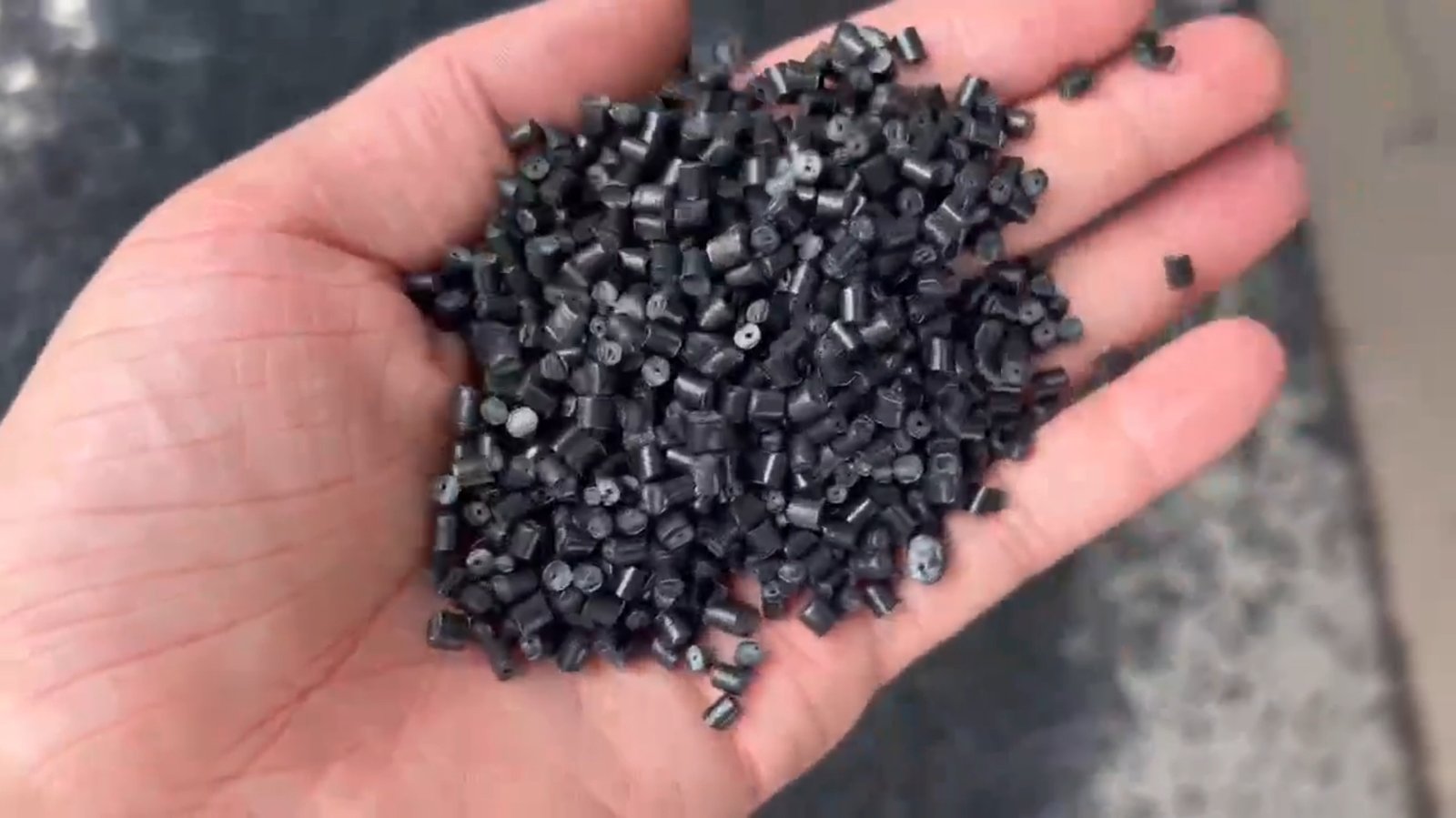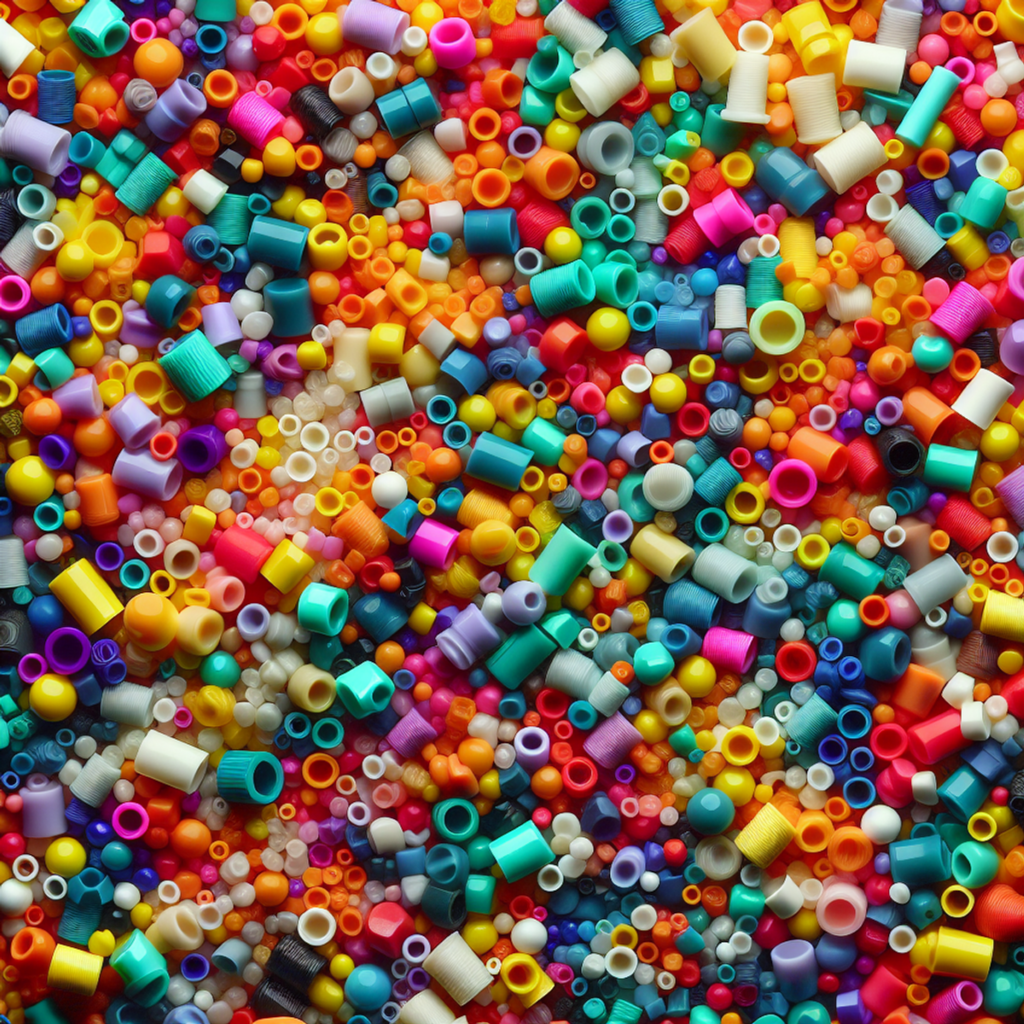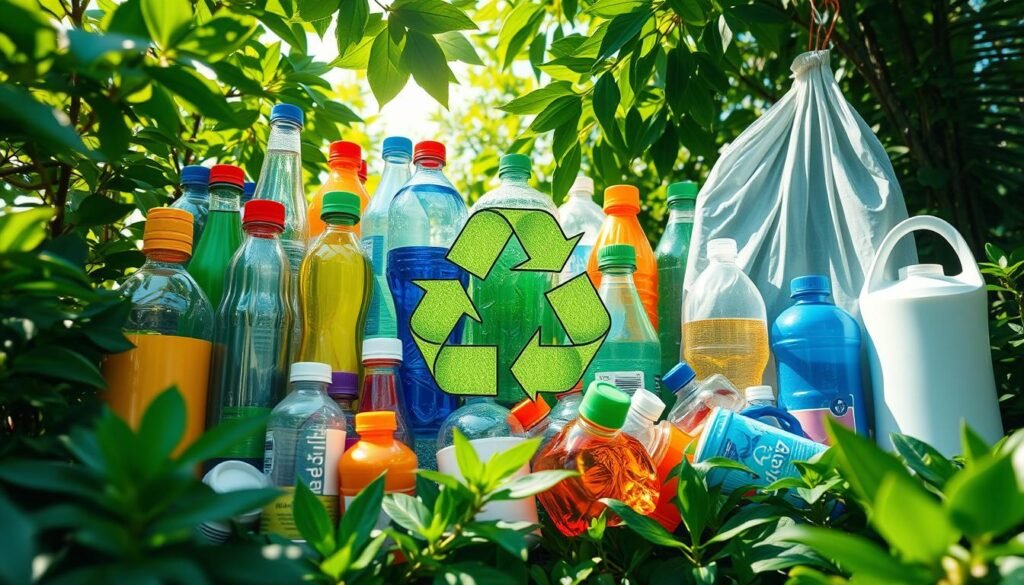Introduction
Plastic pollution is a growing problem worldwide. Recycling plastic waste into useful products can help reduce this environmental threat. One of the effective methods is converting plastic waste into pellets, which are then sold for reuse. This article will guide you through the entire process, from collecting plastic waste to producing and selling plastic pellets.
1. Collecting Plastic Waste
1.1. Sources of Plastic Waste
Plastic waste can come from various sources:
- Household Waste: Bottles, containers, and packaging materials.
- Industrial Waste: Scraps and defective products from manufacturing.
- Commercial Waste: Packaging, old stock, and damaged goods from businesses.
1.2. Collection Methods
- Curbside Collection: Local authorities collect plastic waste from households.
- Drop-Off Centers: People can bring their plastic waste to designated locations.
- Commercial Contracts: Businesses can arrange for regular pickup of their plastic waste.
2. Sorting and Cleaning
2.1. Sorting
After collection, the plastic waste must be sorted by type:
- PET (Polyethylene Terephthalate): Used in beverage bottles.
- HDPE (High-Density Polyethylene): Found in milk jugs and detergent bottles.
- PP (Polypropylene): Used in yogurt containers and bottle caps.
Sorting can be done manually or using automated systems.
2.2. Cleaning
The sorted plastic is then cleaned to remove:
- Dirt and Debris: Using water and cleaning agents.
- Labels and Adhesives: Scrubbing or chemical processes.
Clean plastic ensures high-quality pellets and prevents machinery damage.
3. Shredding and Grinding
3.1. Shredding
Clean plastic is fed into a shredder to break it into smaller pieces. Shredders have rotating blades that cut the plastic into manageable sizes.
3.2. Grinding
The shredded plastic is then ground into even finer pieces. This process prepares the plastic for melting and extrusion in the next stage.
4. Melting and Extrusion
4.1. Melting
The ground plastic is heated in a machine called an extruder. The heat and pressure turn the plastic into a molten state.
4.2. Extrusion
In the extrusion process:
- Molten Plastic: Is pushed through a die to shape it into strands.
- Cooling: The plastic strands are cooled in a water bath or air-cooled.
The cooled strands are cut into small pieces, forming plastic pellets.
5. Pelletizing
5.1. Cutting
The extrusion process produces long plastic strands, which are cut into uniform pellets. This can be done using various methods:
- Rotary Cutters: Blades cut the strands into pellets.
- Strand Pelletizers: The strands are drawn through rotating knives to produce pellets.
5.2. Cooling and Drying
The pellets are cooled further and dried to remove any remaining moisture. This ensures they are solid and ready for packaging.
6. Quality Control
6.1. Testing
The plastic pellets undergo quality control tests to ensure they meet standards:
- Size Consistency: Checking for uniform pellet size.
- Purity: Ensuring no contamination.
- Melt Flow Rate: Measuring how the plastic flows when melted.
6.2. Adjustments
If the pellets do not meet the required standards, they are reprocessed or adjusted until they are acceptable.
7. Packaging and Selling
7.1. Packaging
The final plastic pellets are packaged in bags or containers, depending on the customer’s needs. Packaging protects the pellets during transportation and storage.
7.2. Marketing and Sales
Pellets are marketed and sold to manufacturers who use them to produce new plastic products. This can include:
- Plastic Bottles and Containers
- Automotive Parts
- Building Materials
Conclusion
Recycling plastic waste into pellets involves several critical steps: collecting, sorting, cleaning, shredding, melting, extrusion, and pelletizing. Quality control ensures that the pellets meet industry standards before they are packaged and sold. This process not only helps reduce plastic pollution but also creates a valuable resource for manufacturing new plastic products.
By understanding and implementing these steps, businesses and individuals can contribute to a more sustainable and eco-friendly world. The journey from plastic waste to pellet sales is not only a profitable venture but also a responsible way to handle plastic waste.






